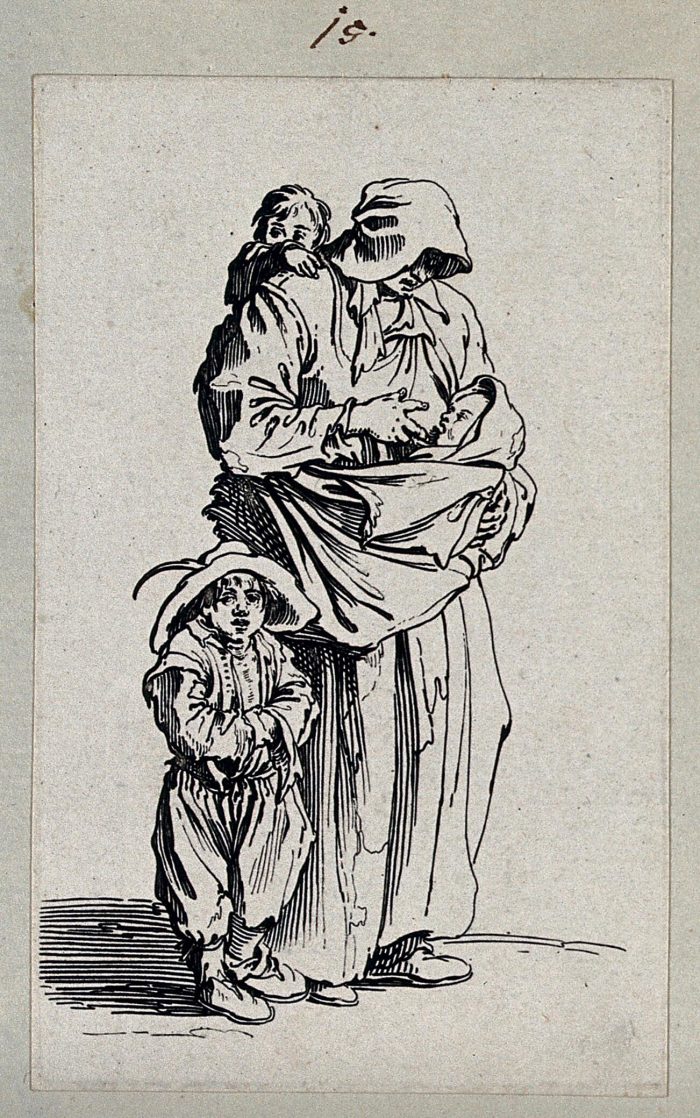
Over 2,000 baptisms from 1558-1626, and over 1,200 marriages from 1558-1754 now online for Stoke-by-Nayland in Suffolk. The village is right on the border with Essex, not too far from Colchester. So if your Essex ancestors aren’t appearing in Essex registers, give the Stoke-by-Nayland transcriptions a try. There’s quite a few Colchester couples in the marriages, as well as people from Boxted, Dedham, and other nearby Essex parishes.








